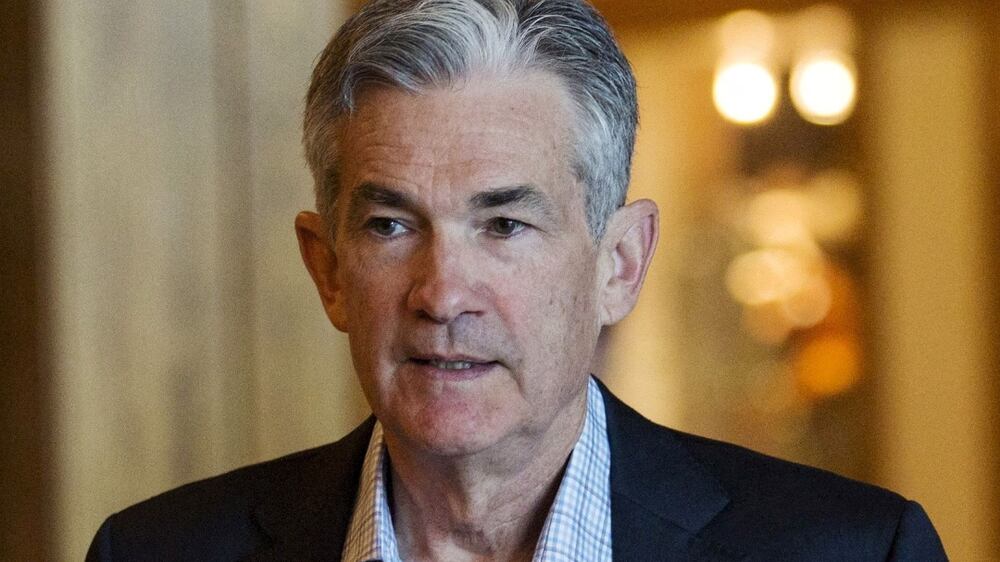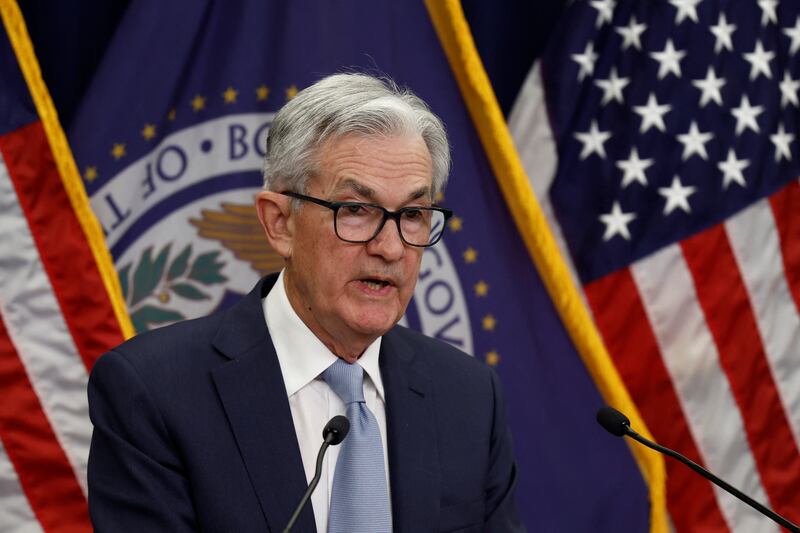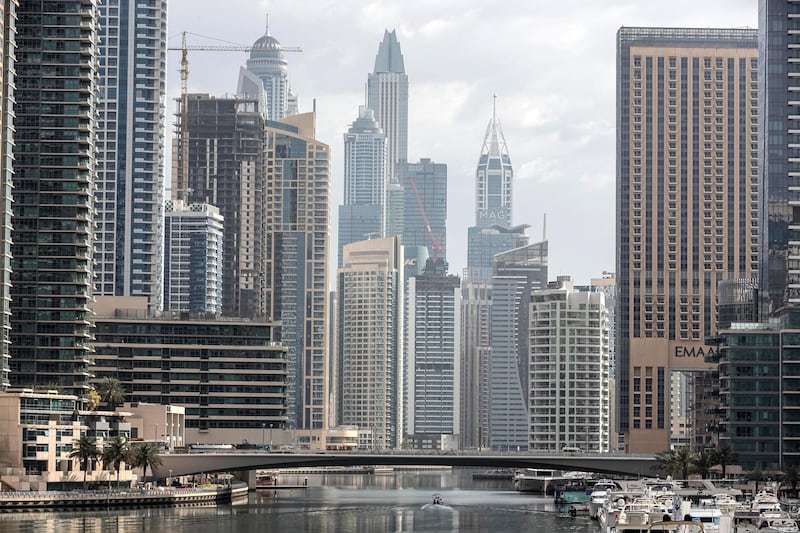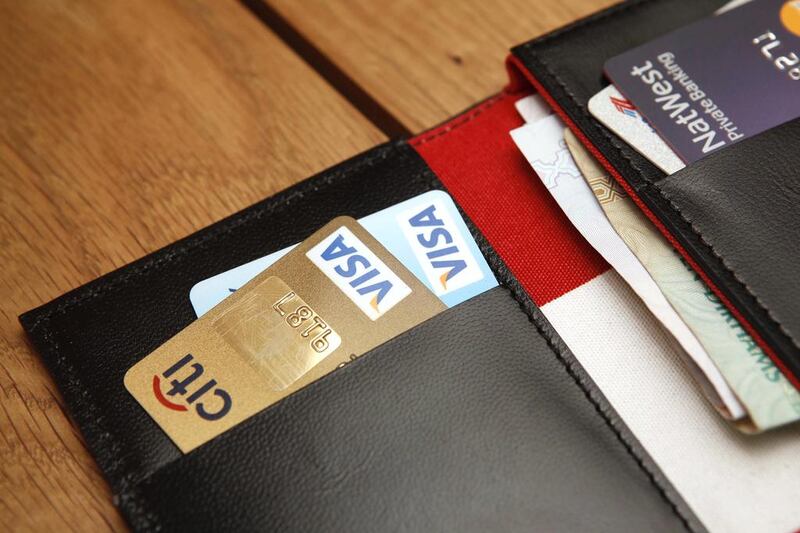The global economy seems to go from bad to worse as the Ukraine war drags on, the US raises interest rates and a recession looms.
This is a tough time for investors, who will be wondering whether to go bargain-hunting amid today's storms or flee for safety.
We asked analysts to name three ways to invest $10,000 over the next three months. The first involves thinking big, the second is a play on this year’s crazy bond market and the third involves seeking safety in an asset class investors have shunned for years.
While all three options are looking to take advantage of short-term movements, most investors should be looking to keep their money invested for much longer.
Invest in defensive large caps
In troubled times like these, you have to have a certain amount of courage to invest in smaller companies. They tend to sell off harder in a downturn as investors flee risk, although they do snap back faster in a recovery.
Larger businesses have much greater resilience when the chips are down.
Large-cap quality growth companies have strong balance sheets and solid profit margins, says Yves Bonzon, group chief investment officer at private bank Julius Baer.
“Typically, when stocks experience a bear market, quality large-cap stocks fare better than the market average.”
There has been a twist on that this year. “For the first time in 120 years, US stocks have entered a bear market without a decline in earnings, at least so far.”
We are now entering the US earning season but Mr Bonzon is optimistic.
“For overall earnings to fall significantly, the US will have go into a recession, which is not being priced in by the markets at this point.”
Quality stocks underperformed after the Covid-19 pandemic as stimulus boosted growth stocks in the technology sector.
Technology has sold off this year while companies operating in more defensive sectors such as health care, consumer staples and utilities look better placed.
____________
Watch: US Federal Reserve chief warns of 'pain' in reducing inflation
US Federal Reserve chief warns of 'pain' in reducing inflation

Markets now face two possible outcomes, both of which could work in favour of big, solid defensives, Mr Bonzon says.
“Either we will avoid a US recession and large quality stocks will participate in the market rebound. Or the US economy falls into recession and quality stocks, which are more resistant during recessions, should fall less than the market.”
The relative risk profile is “favourably skewed” towards large caps at this stage, he adds. “They remain the core of our portfolios.”
Buying individual stocks is risky at anytime, so investors might want to spread their risk through an exchange-traded fund (ETF).
The SPDR S&P 500 ETF, the iShares Core S&P 500 ETF and the Vanguard S&P 500 ETF (VOO) all track large-cap US stocks. They also contain technology but today’s entry price into this battered sector is now lower.
Otherwise, try iShares Core FTSE 100 UCITS for the UK market, which has held up relatively well this year, or for Europe, the Vanguard FTSE Europe ETF or iShares MSCI eurozone ETF, which track the EuroStoxx 50.
Buy government bonds
Government bonds are supposed to be a safe haven in a crisis, yet this year they have crashed along with everything else, falling up to 20 per cent.
That kind of slump isn't supposed to happen to the bond market but the meltdown has been 35 years in the making, during which time central banks repeatedly slashed interest rates driving down bond yields. That policy has now been thrown into reverse.
As interest rates expectations rocket, with another 0.75 per cent increase (and possibly more) from the US Federal Reserve expected in November, bond prices have slumped.
______________
What does the US Fed rate rise mean for people in the UAE? — in pictures
That is because they pay a fixed rate of income, which looks less attractive when inflation and interest rates are rising.
There is a silver lining, though, says Sam Benstead, a fixed income analyst at fund platform Interactive Investor.
“As bond prices crash, this increases the yield they offer new investors.”
Few have crashed as fast as UK government bonds, known as gilts. “Investors can now pick up 10-year gilts that yield 4 per cent. Just a year ago, they would have got just 1 per cent from the same bond.”
While bond prices could fall further if the Bank of England needs to raise interest rates more than markets expect, a yield of 4 per cent is tempting, Mr Benstead says.
“Investors would have to go back to 2008 to get a similar return by lending money to the UK government.”
If inflation falls back to normal levels, that fixed return will become even more appealing, he says.
There is another attraction to buying bonds right now, says Jason Hollands, managing director of fund platform Bestinvest.
“When interest rates peak, or start to go down, bond yields will fall and prices will go up. In that scenario, bond holders will make capital gains.”
Bonds are more attractive than they have been for years, but only invest a chunk of your $10,000 as the market remains volatile, Mr Hollands says.
“We have been buying some UK gilts and some Treasuries, but only doing so incrementally.”
Rather than buying individual government bonds, most private investors prefer to spread risk with an ETF.
Popular UK-focused funds include the iShares Core UK Gilts ETF and the Legal & General All Stocks Gilt Index Trust.
For those who prefer to buy US government bonds, the Vanguard Extended Duration Trs ETF, the iShares US Treasury ETF and the SPDR Portfolio Long Term Treasury ETF are all popular options. Or spread your net wider with the Vanguard Total World Bond ETF.
Make a dash for cash
There is one consolation amid the current madness. After more than a dozen years in the wilderness, cash is king again.
For years, savers earned pitiful amounts of less than 1 per cent from their bank, with some accounts paying as little as 0.01 per cent.
Now, it is suddenly possible to get rates of 3 per cent or 4 per cent, and these may rise even higher as central bankers continue to drive up interest rates.
The big decision savers have to make is whether to lock into a fixed-rate bond for a year or two, as these pay the best rates right now, or hold off in the expectation that rates will rise even higher.
The downside of waiting is that you will miss out on securing a high return in the interim, says Sarah Coles, senior personal finance analyst at Hargreaves Lansdown.
“One option is to find a best-buy notice account paying a market leading deal for a period of 30, 60 or 90 days. That should give you a better rate today, with the freedom to move on tomorrow.”
Don’t just stick to your own bank; shop around for the best possible savings rate because there is plenty of competition right now.











